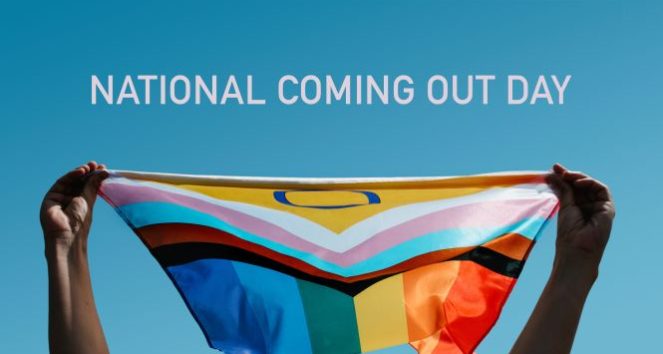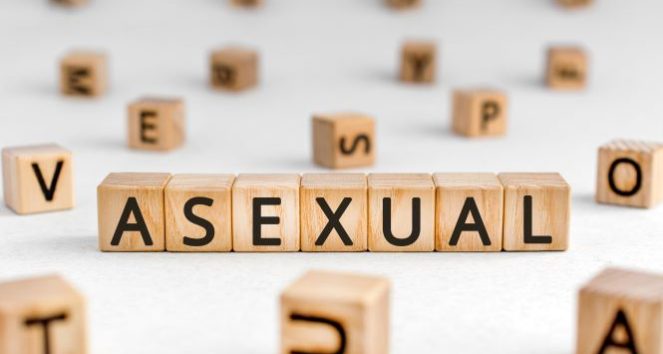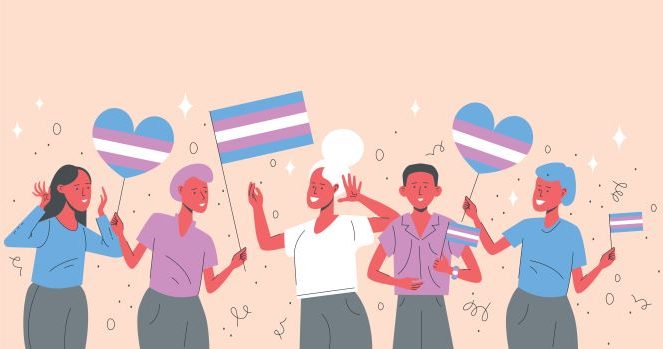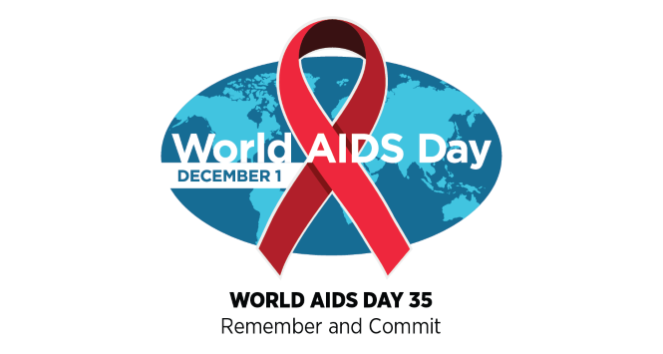
October 11, 2023
Did you know that October 11 is National Coming Out Day? A day to celebrate anyone who is LGBTQ+, it honors those who have already come out and those deciding if coming out is right for them. In honor of the day, I decided to reflect on my own coming out story.
A few years ago, my school had a back-to-school night showcasing different school clubs, including the LGBTQ+ club/support group, a safe space where students can openly express themselves and talk about the various aspects of identifying as LGBTQ+. Friends I’d already come out to as bisexual encouraged me to stand at the table with them. Plus, I’d just found out a few days before that October was LGBT History Month—a whole month dedicated to LGBTQ+ pride and history. This fact, combined with my friends’ support, empowered me to come out to more of my friends and family.
Coming from a relatively conservative family, the thought of not being accepted or loved after I came out was scary, so I carefully considered who I would come out to and when. The family members I did come out to were extremely supportive of me and my choice to come out. Even though some didn’t quite understand what bisexuality means, they were eager to learn more. Knowing that my family supports and accepts me, regardless of my sexual orientation, allows me to feel more comfortable around them.
While I’m thankful to have had such a positive coming out story, it’s important for each person to consider their own situation when deciding what the safest choice is for them. Coming out is your choice and who you decide to tell is your right.
In recognition of National Coming Out Day, below are a few things to keep in mind.
Questioning your sexual orientation and/or gender identity is completely OK and completely normal. Identifying with a label or choosing not to label is about personal preference and comfort. With more experiences, we can develop a deeper understanding of ourselves, which may lead to identifying with different labels. Sexual orientation and gender identity exist on a spectrum and questioning even after coming out is normal.
LGBTQ+ people come from all different walks of life with different resources available to each of us. Sometimes the time isn’t right because it may not be safe or comfortable to come out. You shouldn’t feel pressured to come out. It’s OK to go at your own pace. Deciding when, where and who you want to come out to is completely up to you.
National Coming Out Day is also about celebrating everyone’s unique coming out stories! It’s a chance to feel proud of who you are, supported by those around you and connected to others in the LGBTQ+ community.
There’s bravery in deciding what is right for you, whether that is coming out or choosing not to. It can be a difficult decision but whatever you decide, you’re not alone.












